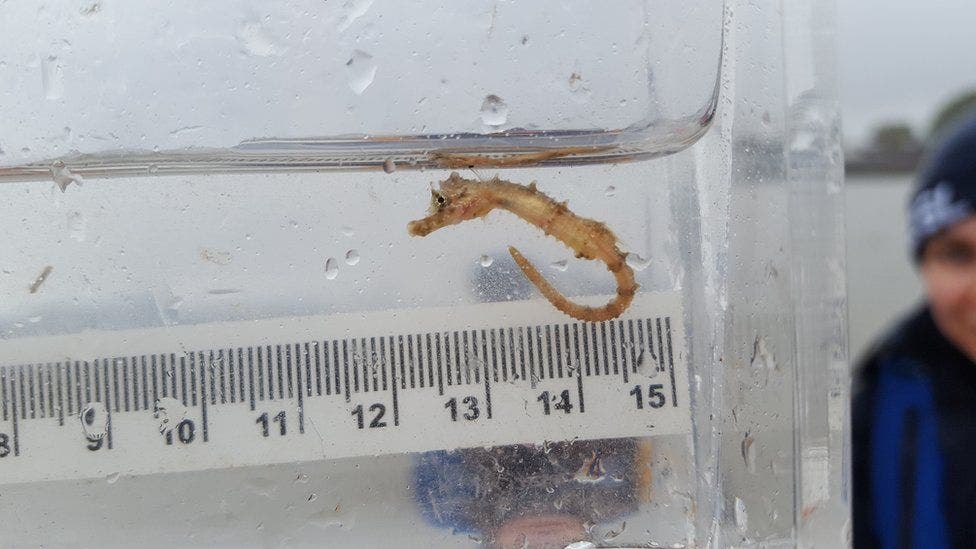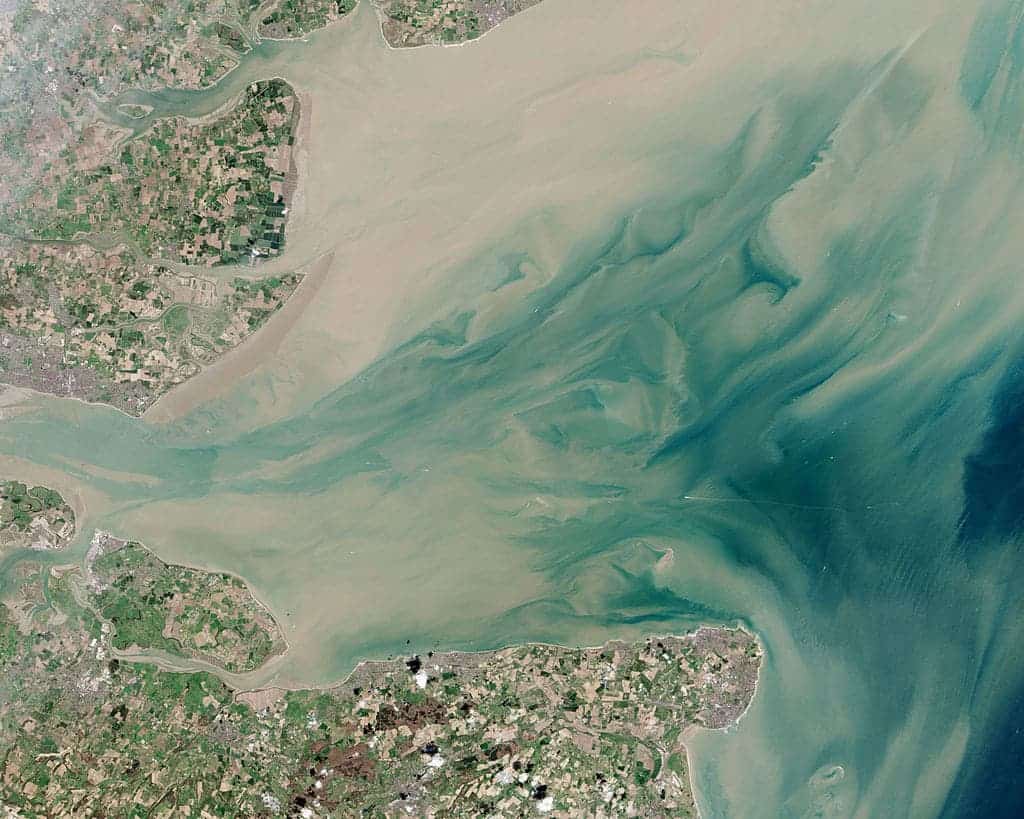After a period in which there seemed to be no hope for a ‘green’ Thames, the river is now booming with life, showing that environmental recovery is possible when serious conservation methods are enforced. However, concerns still exist about the health of the river.

The Thames is, in many ways, the very lifeblood of the city of London. But being so close to the Industrial Revolution has come at a big price for the river’s natural inhabitants. By the 18th century, the Thames was one of the world’s busiest waterways, as London became the center of the vast British Empires. As more and more docks were built, more and more ships were sailed, and more and more coal was burned, the Thames suffered. The fact that the population of London and its industries discarded their rubbish in the river made things even worse. By the 19th century, the Thames was already horrid.
Things got a bit better in the 20th century as road transportation developed and river transportation became less prominent, but not much better. The river was declared “biologically dead” in 1957.
But in the past few decades, things started to change. Especially after 1990, conservation measures have borne fruit, and with stricter environmental regulations and careful management, the quality of the water has improved dramatically. We’ve reported in 2017 that delicate seahorses had been discovered in the waters of the Thames and now, a new report (State of the Thames Report, led by the Zoological Society of London or ZSL) notes that more unexpected species were discovered in the river’s waterways, including multiple bird species, eels and three different species of shark.
Venomous sharks
It’s the first major report on the Thames in 60 years, and there’s a lot to be happy about. There are now 115 fish and 92 bird species around the Thames. Seahorses, eels, seals and even sharks have been spotted. There’s even a porpoise population in the estuary river. The river is “home to myriad wildlife as diverse as London itself,” the report reads.
“The water quality of the Tidal Thames has exhibited some promising improvements. Dissolved oxygen concentrations, critical for fish survival, show long-term increases. Further, phosphorus concentrations have reduced in both the long and short term, showing the effectiveness of improved sewage treatment works to reduce harmful levels of nutrients entering water bodies,” the report reads.
The presence of sharks is perhaps the most curious. ZSL researchers believe the sharks use the Thames estuary to give birth and nurse their young — an indication that the water quality has improved substantially.

Sharks including the tope, starry smooth hound, and spurdog have been spotted in the Thames, although you’re unlikely to see them around London. The spurdog, in particular, is a rather interesting spotting.
The spurdog is a slender shark that feeds on bony fish and sometimes, even smaller sharks. It’s a vulnerable creature, hunted in some parts of the world for its fin. The spurdog is actually venomous — its spines in front of the two dorsal fins secrete a venom that can cause pain and swelling in humans.
There’s no reason to worry, however. While some outlets made it seem like London is teeming with big bad sharks, the truth is that sharks have not been spotted in London, but rather in the Thames Estuary. All in all, this is good news, because it shows that the river is teeming with life.
Alison Debney, for ZSL, said:
“Estuaries are one of our neglected and threatened ecosystems. They provide us with clean water, protection from flooding, and are an important nursery for fish and other wildlife. The Thames Estuary and its associated ‘blue carbon’ habitats are critically important in our fight to mitigate climate change and build a strong and resilient future for nature and people.”
“This report has enabled us to really look at how far the Thames has come on its journey to recovery since it was declared biologically dead, and, in some cases, set baselines to build from in the future.”
Not all good
However, some long-term trends are concerning in the Thames as well. In particular, researchers say, the number of fish is slowly declining, for reasons that are not exactly clear.

Climate change could be a major culprit. Temperatures in the Thames are rising by a whopping 0.2 °C a year, much faster than the global average. Sea levels are also increasing, by 4 mm a year. Just like in other parts of the world, this climate change is bringing with it extreme weather events and storms which may be affecting the local environment.
Plastic pollution was also found to be a problem, although researchers have only recently started gathering this type of data.

The report also highlights the potential problems associated with London’s sewage and the need for the Thames Tideway Tunnel — often called London’s “super sewer” project. This £4.2bn, 15-mile (24km) long, 200ft (61m) deep sewer would capture 39 million tons of untreated sewage that currently makes its way into the Thames every year.
ZSL is also working to create special estuarine habitats. These would protect the Thames’ ecosystem, while also acting as a natural defense protecting London from water surges and storms.


